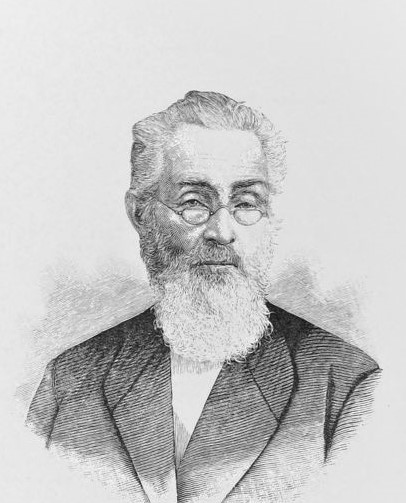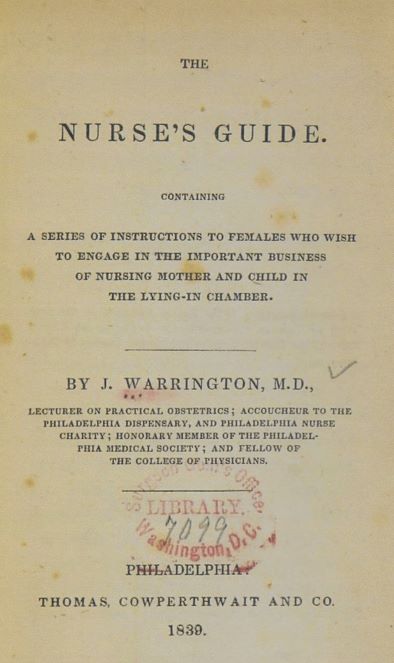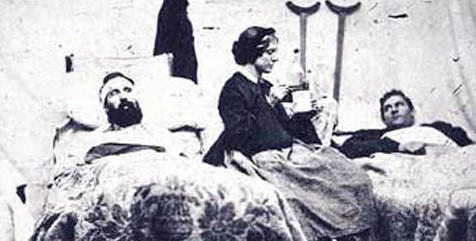
Perhaps over 40,000 women served as nurses on the two sides at various times during the war. Countless additional number of women cared for the wounded in homes and local churches. Volunteers swelled whenever a nearby battle created significant casualties. These women shattered the stereotype that women were too delicate or fragile to handle the harsh realities of wartime patient care.
Few of these women had significant medical training. Their expertise came from experience, observation, common sense, courage, and compassion. Their work helped trigger postwar efforts for formal training of nurses, first in hospitals and later at educational institutions.
U.S. Army Nurses
Army nurses were likewise entirely male before the Civil War. Only the exigencies of the war opened things up for women, at least for some and at reduced pay. Dorothea Dix convinced the army to create a female nursing corps, which she directed for the duration of the war.

Nurses were required to be between the ages of 35 and 50. They also needed to be “plain looking” to avoid tempting patients and doctors. They could not wear jewelry, makeup, curls, bows, or hoop skirts.
Male nurses received $20.50 per month from the army. Female nurses initially received nothing and had to pay their own expenses. Later, female nurses received food, transportation, housing, and 40¢ per day.
Army Circular No. 8, with the army’s female nurse requirements, is at the bottom of the page.
Dr. Joseph Warrington

I am relatively creative, but I never could have come up with the title of Dr. Warrington’s book – The Nurse’s Guide Containing a Series of Instruction to Females who wish to Engage in the Important Business of Nursing Mother and Child in the Lying-In-Chamber. He published it in 1839 and it is, perhaps, the first textbook for obstetric nursing. Warrington organized the Nurses Society of Philadelphia.
You can read the entire book online at this link.

Clara Barton
The stories of Clara Barton in The Cornfield are all true, except, of course, with her interactions with the fictional characters.

Barton tended to the needs of the wounded in Maryland, Virginia, and Washington throughout the war. She traveled to Europe afterwards and became involved in the fledgling Red Cross movement to provide nursing care and neutral aid to war wounded and civilians in combat zones. She brought the movement to the United States and founded the American Red Cross. Barton died in 1912.

Image credits:
Top of page, Nurse Annie Bell with patients after the Battle of Nashville. Photo circa 1864, and used by the Sanitary Commission during its Northwest Sanitary Fair in Chicago in 1865.
Civil War Nurses, from North Carolina Nurses, A Century of Caring.
Dorothea Dix, from the National Museum of Civil War Medicine.
Dr. Joseph Warrington from WikiTree.
Clara Barton taken by Matthew Brady in 1866.
